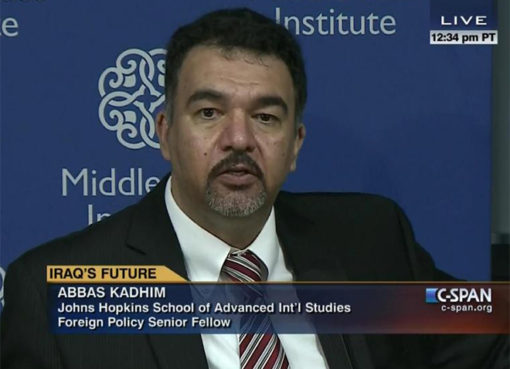The Royal Swedish Academy of Sciences has decided to award the Sveriges Riksbanks Prize in Economic Sciences in Memory of Alfred Nobel 2020 to:
PAUL R. MILGROM, Born 1948 in Detroit, USA. Ph.D. 1979 from Stanford University, Stanford, USA. Shirley and Leonard Ely, Jr. Professor of Humanities and Sciences, Stanford University, Stanford, USA , and ROBERT B. WILSON Born 1937 in Geneva, USA. D.B.A.1963 from Harvard University, Cambridge, USA. Adams Distinguished Professor of Management, Emeritus, Stanford University, Stanford, USA.
The Scientific Background
1. Introduction
The practice of selling valuable items to the highest bidder, or procuring valuable services from the lowest bidder, goes as far back in history as we have written records. The Greek historian Herodotus documented auctions in ancient Babylon already 2500 years ago. In the Roman Empire, creditors regularly used auctions to sell off assets confiscated from delinquent debtors. In more modern times, Stockholms Auktionsverk, the oldest surviving auction house in the world
was founded by the Swedish Baron Claes Rålamb in 1674. In addition to confiscated assets, Stockholms Auktionsverk auctioned a wide range of goods on behalf of willing sellers—for example, Sweden’s late 17th century king, Karl XI, offered a batch of hunting weapons for sale. Similar auction houses existed all around Europe. In 1744, Samuel Baker and George Leigh sold a set of valuable books for a grand total of £826 at their newly established auction company. That London-based company was to become Sotheby’s, presently the world’s largest fine-arts auction house. Setting their notorious history aside, auctions are certainly of far greater importance today than at any time in the past. Commodities such as fish, fresh flowers, and rough diamonds are sold in auctions, as they have been for centuries. Financial securities—such as government bonds— are frequently sold in modern versions of ancient auction designs. Governments have also come to rely on auctions for selling rights to timber, minerals, petroleum, and radio frequencies, as well as for procuring a wide range of goods and services from private firms. In the last decade, internet auctions have become ubiquitous. Platforms such as eBay rely on auctions to facilitate business to-business, business-to-consumer, and consumer-to-consumer transactions; search engines like Google and Yahoo! employ auctions to sell keyword positions and advertisements.
Just as the increasing use of auctions has spurred auction research, auction research has spurred the increasing use of auctions. The resulting improvements to auction theory and inventions of new auction formats have been truly collective efforts. But two scholars stand out: Paul R. Milgrom and Robert B. Wilson, both of Stanford University, and this year’s Laureates in Economic Sciences. Their research has deepened and broadened the field’s analytical foundations. It answers questions of fundamental theoretical importance—how bidders are likely to behave for a variety of auction formats and under different informational conditions—as well as questions of great practical importance, such as how regulators and governments should design auctions in order to maximize social value. Moreover, insights from the Laureates’ work have directly shaped the design of important real-world markets.
To continue reading the full background please click on this link
advanced-economicsciencesprize2020
For popular reading, please click on this link








Comment here